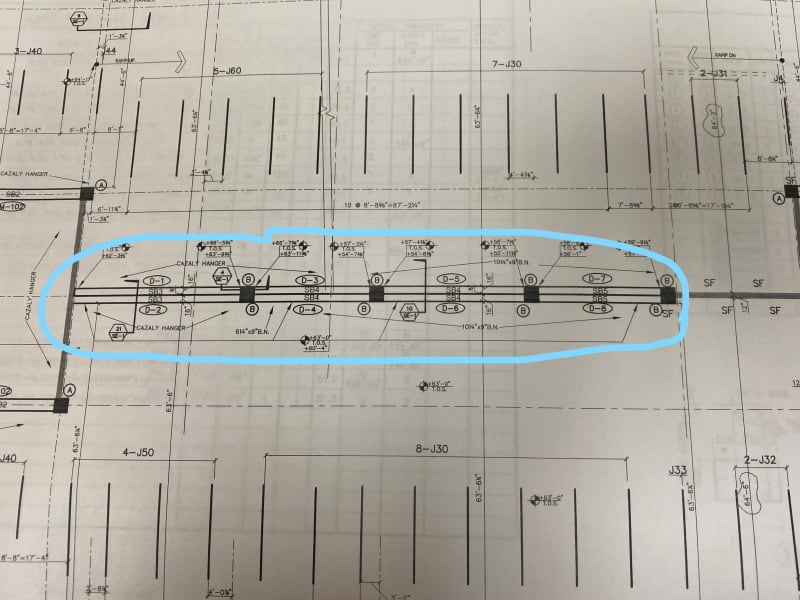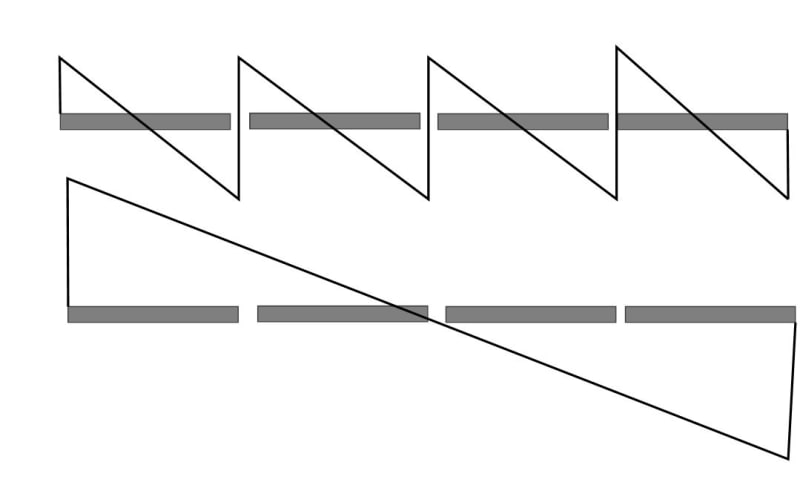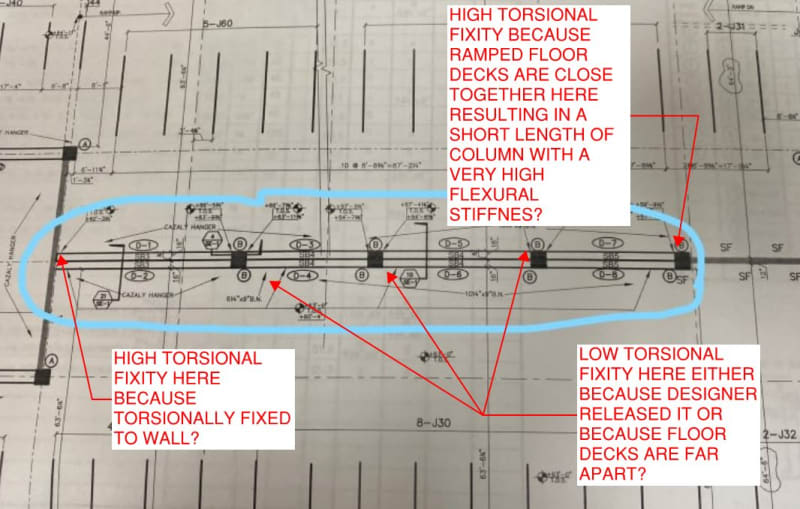marc.rogue
Structural
Hello,
I am interested in finding literature or a simple way to use distribution factors or continuity effects to distribute torsion in beams along a beam line on a parking garage.
I am interested in finding literature or a simple way to use distribution factors or continuity effects to distribute torsion in beams along a beam line on a parking garage.



